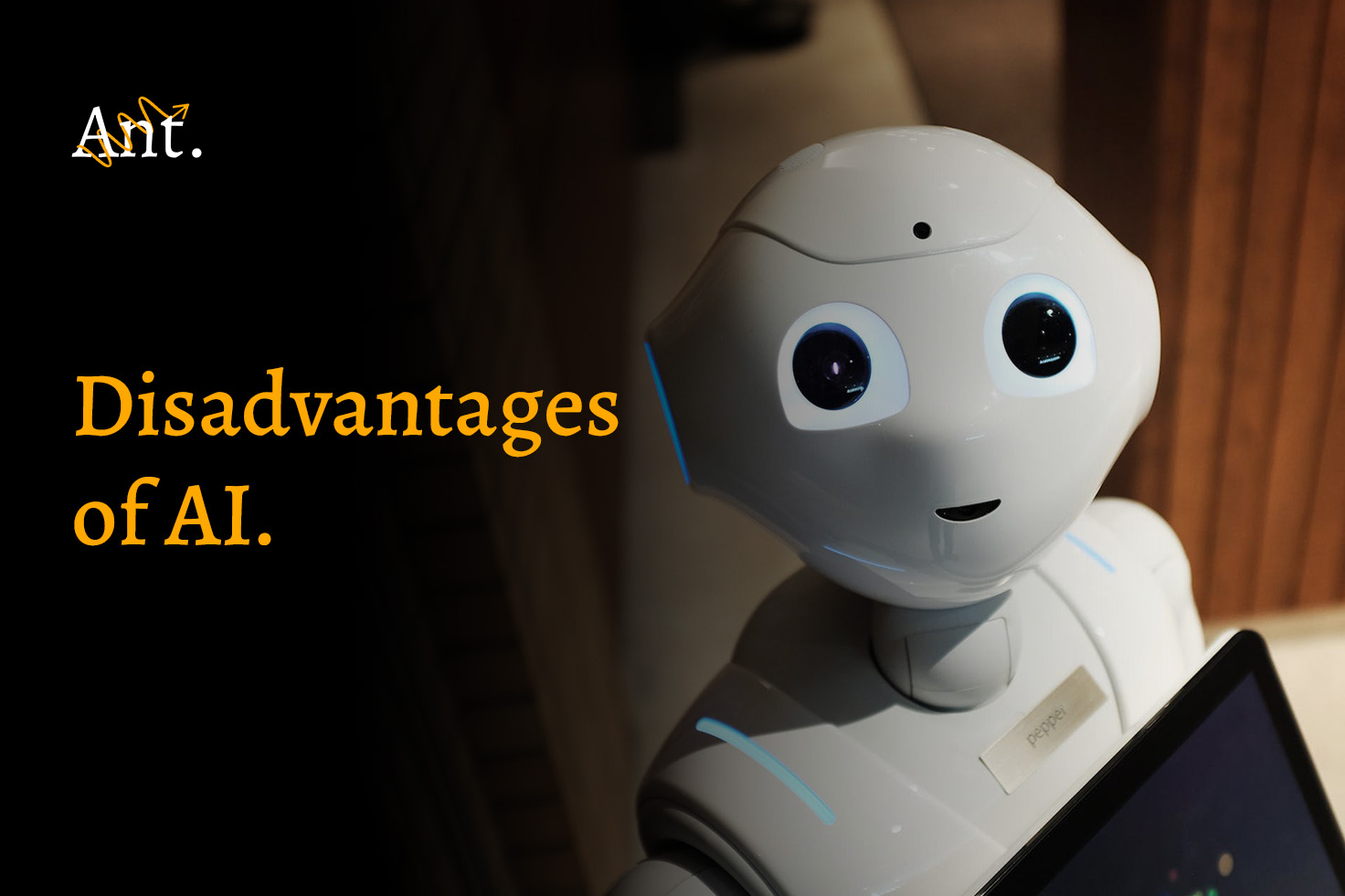In the realm of education, the integration of artificial intelligence (AI) has reshaped traditional study methods. AI-driven note-making tools have emerged as powerful can schools detect ai students’ learning efficiency and retention of information. This article explores the profound impact of these tools on students’ academic journeys.
Enhancing Learning Efficiency
Personalized Note Organization
AI-driven note-taking tools analyze content and organize it systematically. These tools categorize information, creating structured notes that are easier to review and comprehend.
Automated Summarization
These tools employ machine learning algorithms to summarize lengthy texts. By condensing information into key points, students can grasp essential concepts quickly, saving time during revisions.
Intelligent Search and Retrieval
AI-powered tools offer advanced search capabilities, enabling students to locate specific information effortlessly within their notes. This feature streamlines the process of retrieving relevant content.
Augmenting Retention of Information
Active Recall Techniques
AI note-making tools often integrate features that facilitate active recall, such as flashcards and spaced repetition algorithms. These techniques reinforce memory retention by prompting students to recall information at optimal intervals.
Visual Representation of Data
Some AI-driven tools convert textual information into visual formats like graphs, charts, and mind maps. Visual representations aid in better comprehension and memory retention by leveraging visual learning.
Customizable Learning Experiences
These tools adapt to individual learning styles, catering to auditory, visual, or kinesthetic preferences. Customizable features enhance understanding and retention of information.
Impact on Students’ Academic Performance
Improved Study Habits
AI-driven note-making tools encourage students to adopt more organized and efficient study habits. With structured notes and active recall techniques, students can better prepare for exams and assessments.
Enhanced Engagement and Interest
Interactive features and personalized learning experiences offered by AI tools increase students’ engagement with course material. This heightened engagement contributes to better information retention and understanding.
Better Time Management
The efficiency of note-taking and summarization features in AI tools enables students to manage their study time more effectively. This leads to a better distribution of effort across various subjects or topics.
Conclusion
AI-driven note-making tools have fundamentally transformed students’ learning experiences. These tools optimize learning efficiency by organizing notes, benefits of artificial intelligence in education, and enabling intelligent search functions. Moreover, they enhance retention through active recall techniques, visual representations, and customizable learning experiences. As students embrace these tools, their academic performance, study habits, and overall engagement with course material improve significantly.
FAQs
1. Are AI-driven note-making tools accessible to students across different platforms?
Yes, many AI-powered note-making tools are available across platforms, including web browsers, mobile devices, and desktop applications, ensuring accessibility for a wide range of users.
2. Can these tools be integrated with existing note-taking methods?
Absolutely, AI-driven note-making tools often allow integration with other platforms or note-taking systems, providing flexibility for students to incorporate these tools into their existing study routines.
3. Do AI note-making tools require a steep learning curve?
Most AI-driven note-making tools are designed with user-friendly interfaces, making them intuitive to use. They typically require minimal learning time before users can fully utilize their features.
4. Can AI tools replace traditional study methods entirely?
While AI-driven tools offer immense benefits, they complement rather than entirely replace traditional study methods. They enhance efficiency and retention but may not entirely replace the need for active engagement and critical thinking in learning.


